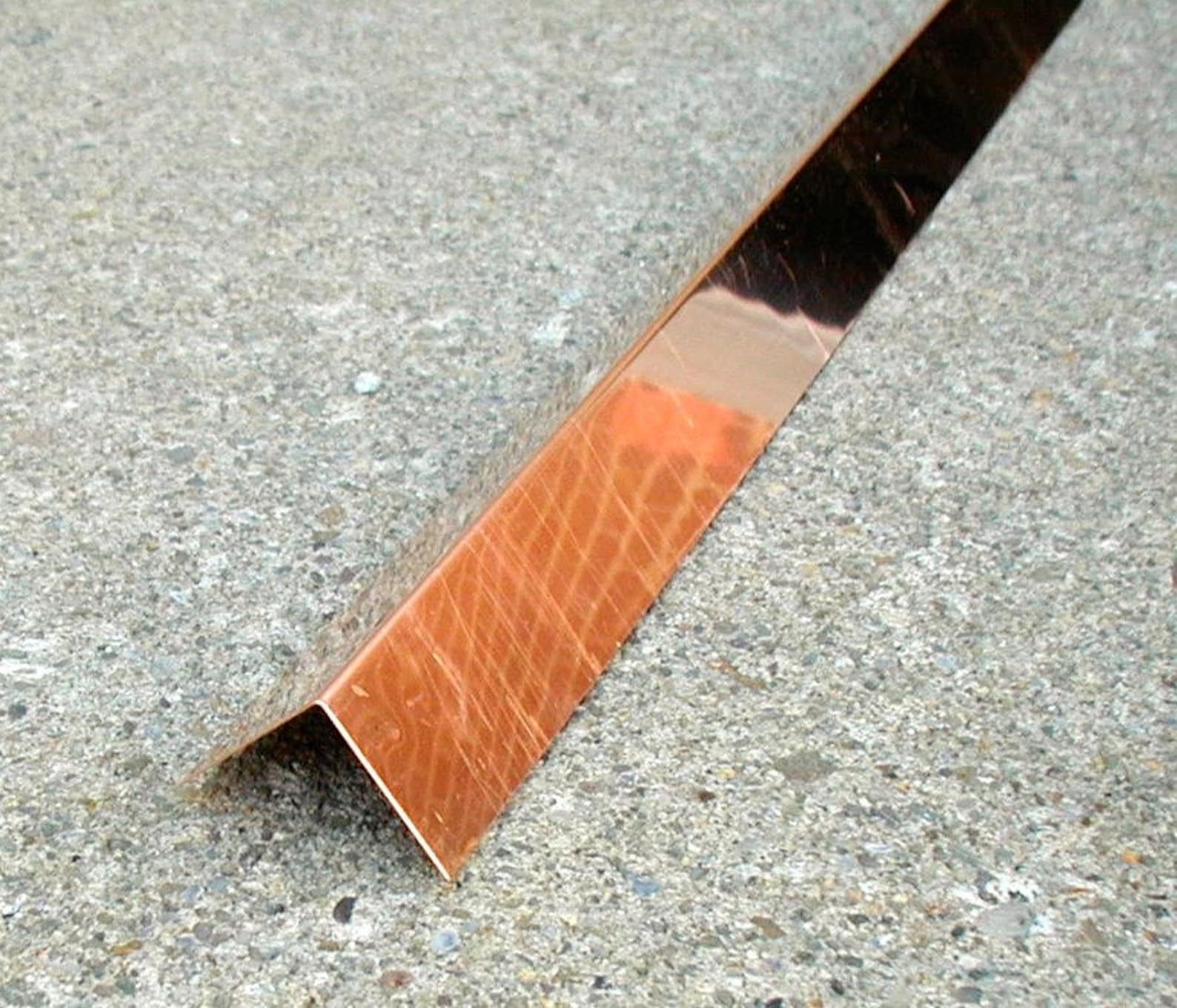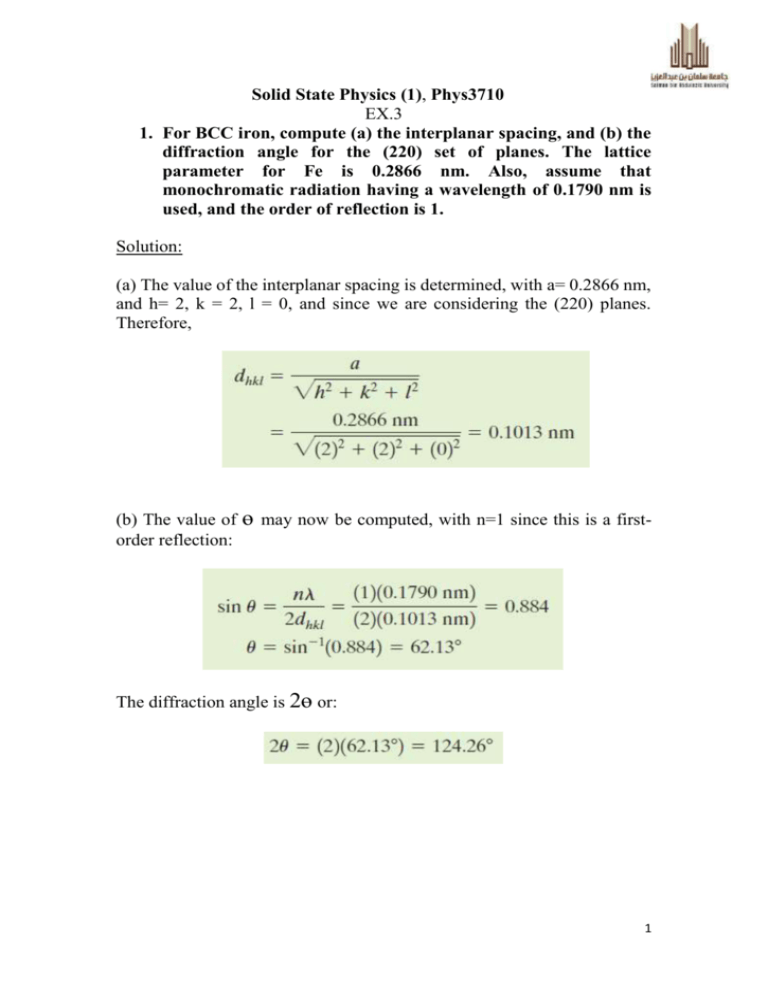

The elaborated methodical approach was applied to thickness determination of copper coatings electrodeposited on a brass substrate. Electrodeposited copper films (thin layers) are widely used in electronic and. The d-spacing between the diffracting planes in the copper metal is 3.25 2.545 0.415 1.315 Answer (Detailed Solution Below) Option 4 : 1. The first order Bragg diffraction peak was found at an angle 2 of 60.

Geometrical conditions were obtained experimentally and suitable mathematical calculations were introduced. The diffraction pattern of copper metal was measured with X-ray radiation of wavelength of 1.315. The unit cell consists of lattice points that represent the locations of atoms or ions. The absorption is proportional to thickness of the coating and to incidence and to the diffraction angle which. The structure of a crystalline solid, whether a metal or not, is best described by considering its simplest repeating unit, which is referred to as its unit cell. The method is based on absorption principles of X-ray beam. Scanning electron microscopy showed copper nanocrystals with a size range of 3070 nm. For particular cases geometrical conditions and mathematical calculation procedure must be elaborated.Īn application of X-ray diffraction in grazing incidence angle for thickness determination is described in this article. X-ray diffraction confirmed the synthesis of copper nanoparticles with an approximate size of 30 nm. Although they are complex and expensive, they pronounce an important feature like non-destructive character. It was found that most lines are skewed, by varying amounts, towards higher or lower angles and there is a small amount of line broadening, which is mainly. The X-ray fluorescence, absorption and diffraction are more frequently used due to better precision. They are destructive and not precise enough. The angle theta is defined somewhat differently from the 1-D case. Several methods are used for thickness determination of thin films and coatings for example mechanical, magnetic and ball crater with light microscopy methods. Electrodeposited copper films (thin layers) are widely used in electronic and automotive industry so its electrical and mechanical properties and its thickness are important. scanned at different diffraction angles, for values of29 from 4 to 80. Copper coatings are most extensively used in circuit board industry and often as a base to further formation of other metallic films. nickel-copper orebodies from Selebi-Phikwe, Selkirk and Phoenix. Electrodeposition and other methods are employed to obtain metallic films and coatings.


 0 kommentar(er)
0 kommentar(er)
